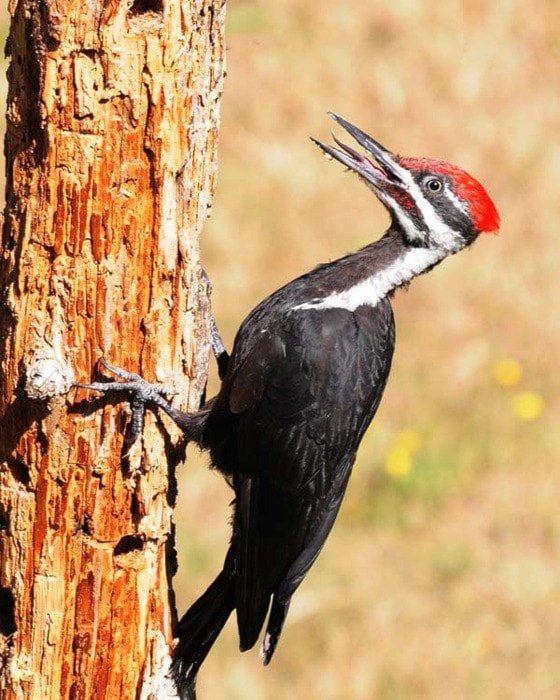In the past few weeks there finally seems to be a light at the end of the long winter tunnel.
With warmer temperatures and the emergence of new plant growth, wildlife species have only one thing on their minds, finding a mate and building a suitable place to produce and raise their young.
Longer daylight hours stimulate birds' hormones to produce melodious songs which they sing for hours, and vibrant plumage replaces the dull colours of winter in hopes of attracting a mate.
The onset of spring is also a time for winter visitors like trumpeter swans, sea ducks, shore birds and geese along with other wildlife species to prepare for the long migration back to their summer breeding grounds.
To make a successful migration it is essential that these birds gain enough fat to sustain flight across the vast areas they must cover. Please be aware of these species if you are enjoying a walk along the shoreline, dogs should be kept away from the water's edge if birds are feeding close to shore.
Our local mammal populations are also looking for safe places to deliver and care for their young that often puts humans and wildlife on a collision course.
Now is the time to check your property and gardens to keep out unwanted guests.
Deer will be shedding their winter coats and growing new antlers and will often hide under decks or in sheds; raccoons will happily excavate their way into your basement or attic and can become very aggressive when protecting their young. Make sure garbage is secure.
Vaux's and chimney swifts can also be a major problem. Last year we were called when hundreds of swifts descended down a chimney, unable to get out, they suffocated in the fire box. Please make sure that chimneys are capped to prevent such a tragedy.
Roofs also provide easy access for squirrels and roof vents are a favourite of the flickers and woodpeckers that use them to announce their prowess to a potential mate by drumming loudly on the vent, usually at the break of dawn. Woodpeckers can also indicate the presence of ants or other insect infestations if they are probing into wooden siding.
Many people get great pleasure from watching birds in their backyards and provide these birds with food in a feeder. Cleaning and replacing feeders should be done now before the spring birds flock back to our area, many arrive in small groups and communal feeding is the perfect environment for diseases such as salmonella and avian pox to be passed along to the weakened birds. Remember that feeding the birds should only be encouraged when their natural food is in short supply; it is a full-time commitment that brings many rewards but also unwanted visitors like rodents that are attracted to food that drops on the ground.
Feeders will also attract deer, and in some cases raccoons and bears; small raptors are also common visitors such as sharp shinned and coopers hawks together with merlins that naturally prey on other birds.
It is always unpleasant to witness one bird attacking another but this is nature and the raptors target the weak and sick birds acting as natural cullers.
Last week, I released a cooper's hawk that decided to take on a rooster; although the rooster perished chickens are a favourite of these birds and they can manage to get into chicken coops!
Many species of birds will be looking to construct their nests in suitable places and some will choose unusual places such as hanging baskets, rose bushes or any place that provides comfort and protection from the elements and predators.
One year, MARS received a nest still inside an ice hockey skate.
Please remember that nests and their contents are protected by the wildlife acts and may not be removed until the babies have fledged. Of special note, eagle nests and their trees are protected year round. In addition during the nesting season human construction close to the nest site is prohibited.
Every year MARS receives numerous cases of "kidnapped" wildlife; well-meaning people find baby wildlife and assume it is orphaned, having been abandoned by the parents. We cannot emphasize enough the importance of leaving wildlife alone as their best chance of survival is with the parents.
If you witness the adults being injured or killed, please call us for advice before intervening. Call our pager at 1-800-304-9968.
Our permits do not allow us to rehabilitate invasive species such as starlings, house sparrows, pigeons and rabbits or domesticated species.
For more general information or to follow our patients' recovery, please visit www.wingtips.org.
Sandy Fairfield is the educational co-ordinator for the Mountainaire Avian Rescue Society (MARS). The MARS column appears every second Friday.
